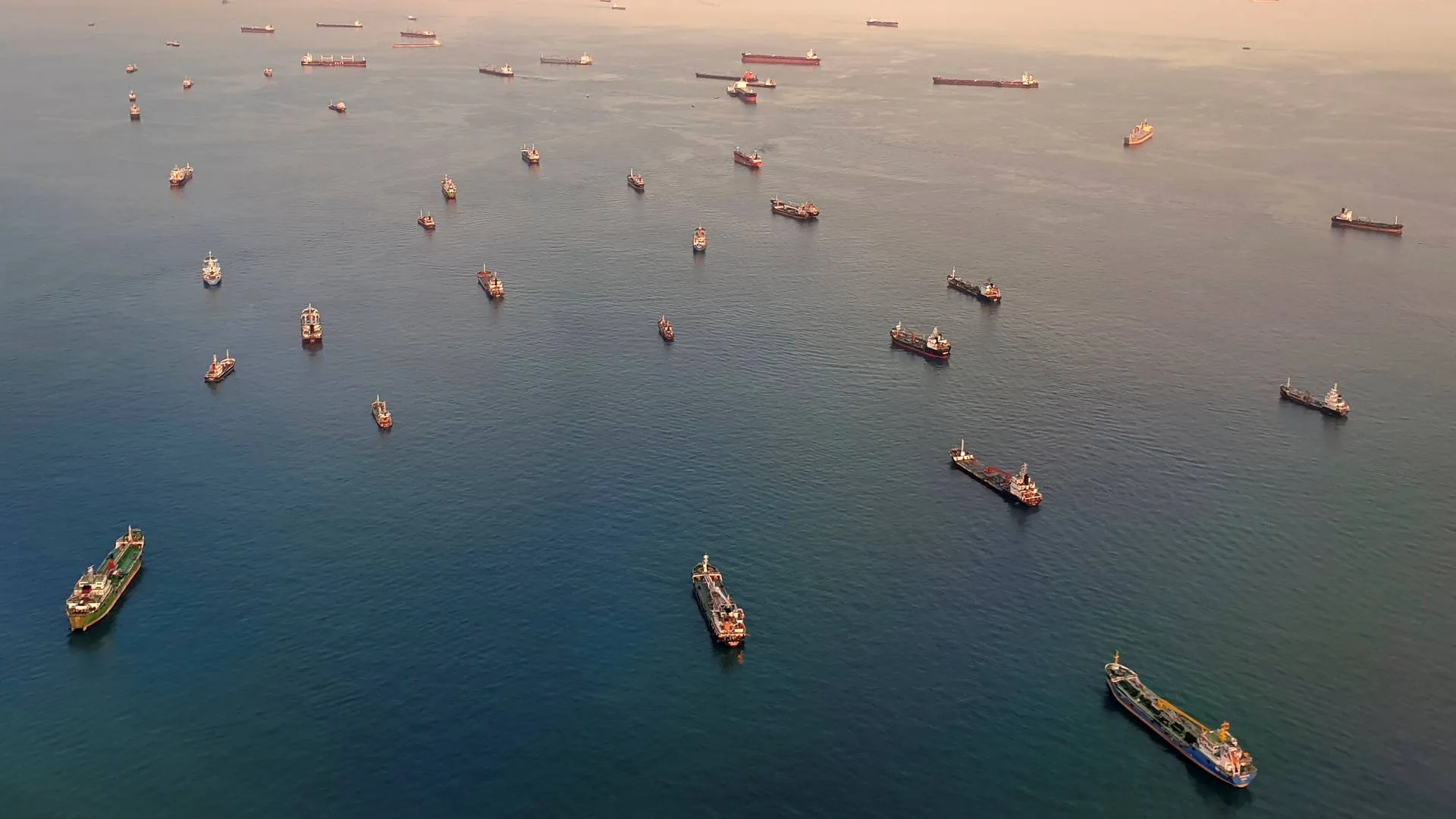Innovative technology could enable smaller, less expensive vessels to install and service wind turbines
Enabling smaller, older jack-ups to undertake installation work and major component exchange on offshore wind turbines can reduce costs and enhance efficiency, the developers of two innovative lifting systems believe.
The first system, SENSEWind’s SENSE, could provide a lower-cost installation technique and an alternative to the need to tow floating wind turbines back to port for maintenance; the second, a new version of the WindSpider developed by the Norwegian company of the same name, could also extend the relevance of smaller vessels and ensure repairs can be conducted in a timely manner.
An April 2025 report from classification society DNV states SENSEWind’s innovative technology could reduce the levelised cost of energy (LCoE) of a large fixed-bottom offshore windfarm by 4.7%, which is equivalent to a £1.0Bn (US$1.3Bn) saving over the operational life.
Previous independent studies show SENSE could deliver similar savings for large onshore and offshore floating windfarms, unlocking efficiencies and cost reductions for the industry. For example, a 7% LCoE saving for a 2-GW onshore windfarm saves around £300M and 9% LCoE saving for a 2-GW floating windfarm saves almost £3Bn.
SENSEWinds’ technology can be applied on all types of wind energy projects – onshore and offshore – to significantly reduce costs, speed up installation and reduce risks. Instead of requiring a large jack-up vessel, the self-installing system transports a rotor nacelle assembly for a wind turbine to the top of the tower using an innovative carriage system. This means smaller, and more widely available jack-up units can do the job. Apart from reducing installation costs, this also means the operational life of smaller jack-up vessels can be extended.
SENSEWinds’ first commercial product will be an onshore 6-MW unit, developed in co-operation with a wind turbine OEM, progressing to fixed-bottom offshore unit and ultimately a system for floating offshore wind, to provide an alternative to ‘tow back to port’ when a turbine needs maintenance. Overall, states the company, the technology means lower installation costs using existing vessels and faster, more efficient turbine servicing, including a new approach to major component replacement on fixed-bottom and floating windfarms.
SENSEWind chair Julian Brown says, “We are delighted DNV has further quantified the value of SENSE to the offshore wind industry. Not only does our technology reduce installation time and costs, utilising widely available vessels, it provides the opportunity for a different approach to major component replacement. This means a turbine can be up and running again quickly.”
SENSEWind chief executive Patrick Geraets says, “The results from DNV for fixed-bottom system validates our approach to solving the increasingly difficult problem of installation and long-term maintenance of ever-larger turbines. I am not aware of any other technology under development today which can deliver the level of saving predicted as the SENSE system.” The chair of Muirhall Energy – a lead investor in SENSEWind – described the DNV report as “very encouraging” and says it gives credibility to the opportunity the SENSE technology offers. SENSEWind plans to install a 2-MW onshore demonstrator later in 2025, supported by UK government grant funding, and is already working on scaling up to a 6-8-MW onshore commercial prototype.






